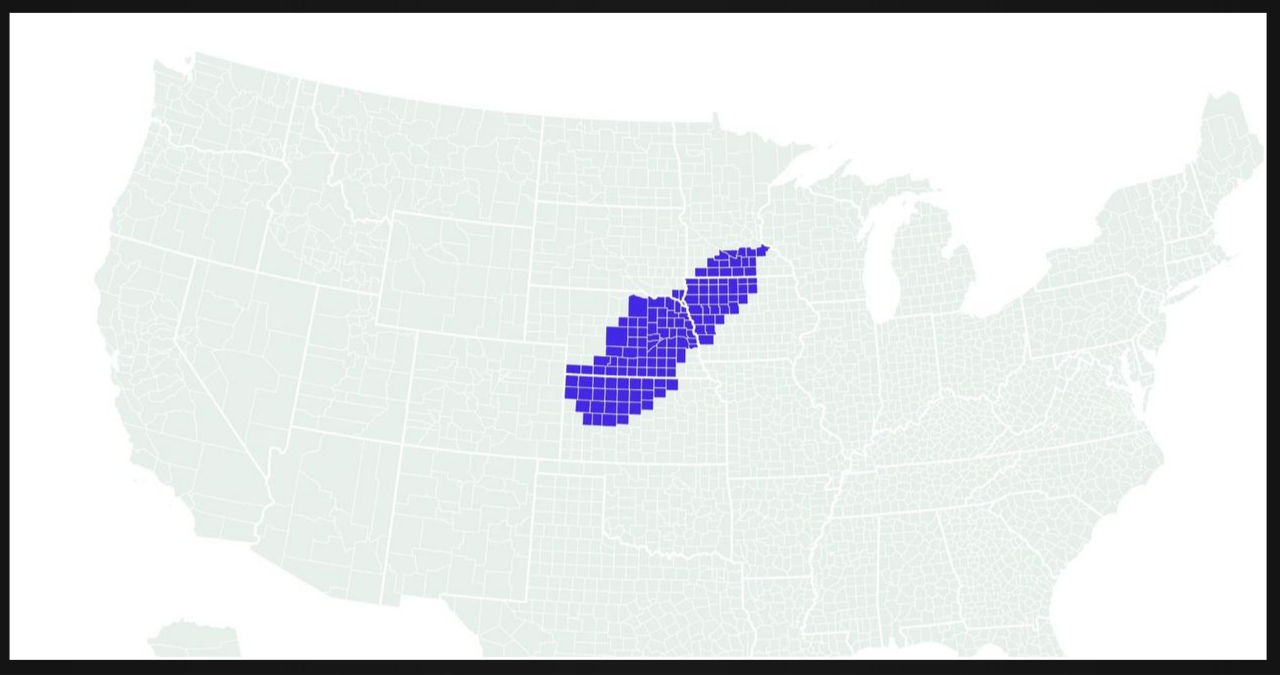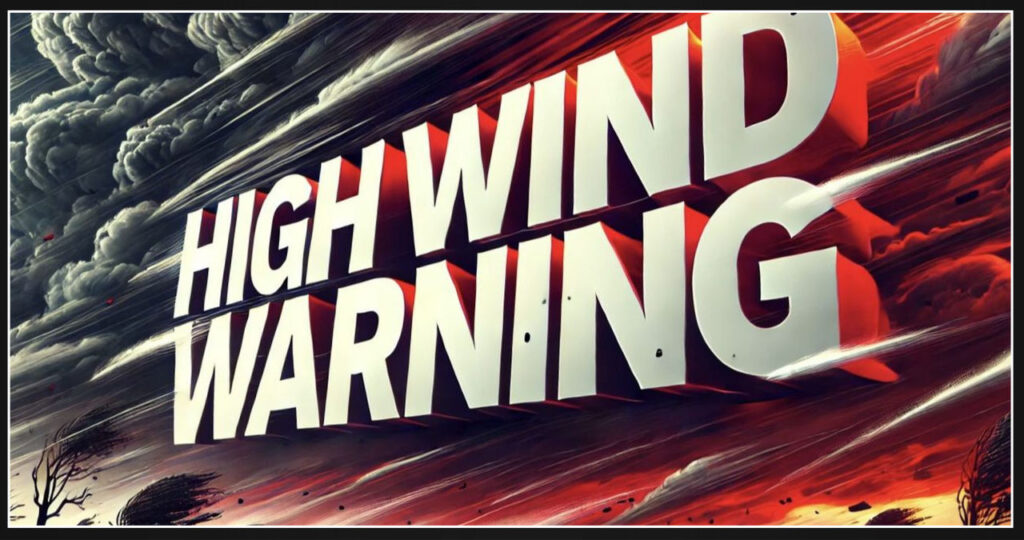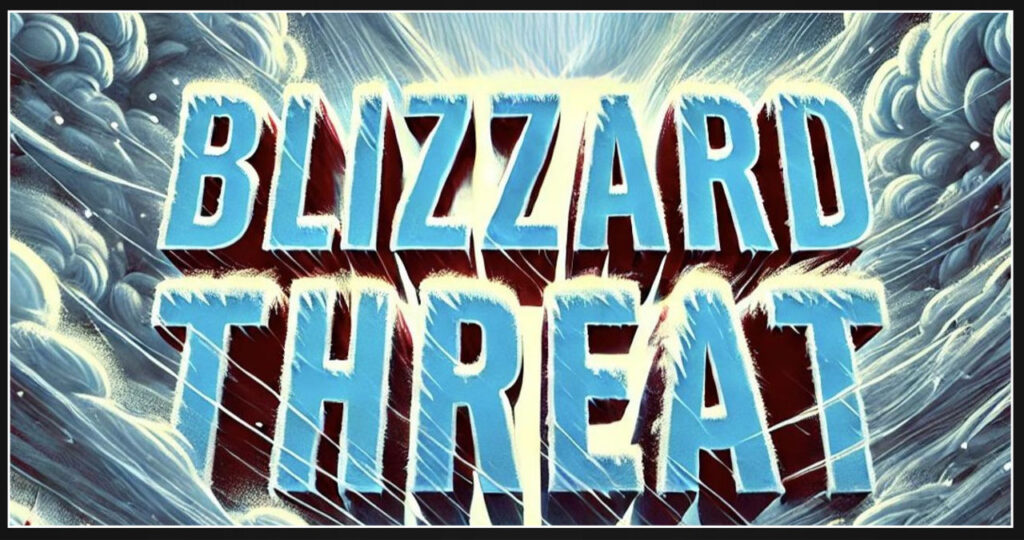The National Weather Service (NWS) has issued blizzard warnings for parts of Iowa, Minnesota, Kansas, and Nebraska, which will be in effect until Wednesday. This warning comes as a powerful storm sweeps across the region.
Why It Matters
Get ready for some serious winter weather – we’re expecting blizzard conditions and several inches of snow in the forecast.
Meteorologists caution that blowing snow may decrease visibility, making travel conditions extremely hazardous.
What To Know
Southern Minnesota, northwest Iowa, northwest Kansas, and a central and eastern portion of Nebraska were among the areas impacted by the event.
The National Weather Service (NWS) predicted that Iowa could receive up to 10 inches of snow, accompanied by wind gusts reaching as high as 65 mph. Meanwhile, Kansas could experience gusts of up to 70 mph.
In other regions impacted by the alerts, visibility may decrease to less than a quarter-mile. It is advised to limit travel to only emergency situations as per the warning.
The NWS warned that the hazardous conditions may affect Wednesday morning’s commute, with a likelihood of treacherous road conditions. The combination of powerful winds and snow is anticipated to result in widespread tree damage and added strain on power lines.
AccuWeather meteorologist Tom Kines explained to Newsweek that this storm will move northeast into Canada by Wednesday night, decreasing its impact on the United States and eliminating the blizzard threat after affecting the Plains and Upper Midwest with snow and blizzard conditions.
The colder air following the storm will keep heading eastward, potentially causing problems for the Northeast later in the week. Meteorologist Kines mentioned that a new storm is predicted to form off the Mid-Atlantic coast on Thursday, then travel northeast along the coastline.
What People Are Saying
AccuWeather meteorologist Tom Kines explained to Newsweek that blizzard conditions occur with wind speeds or gusts exceeding 35 mph. The regions currently under a blizzard warning can expect gusts ranging from 40 to 60 mph, with the possibility of even higher gusts.
“Clearly, when winds of this strength combine with heavy snowfall, visibility will be severely reduced, making travel extremely hazardous and risky. There is a high chance of road closures under such conditions. The strong winds will also result in a significant drop in temperatures, making it feel as if it’s in the single digits. It is advisable to avoid traveling during this storm.”
What Happens Next
Blizzard warnings are currently in effect until Wednesday.
Forecasts can occasionally change, and the NWS provides frequent updates on its website.



